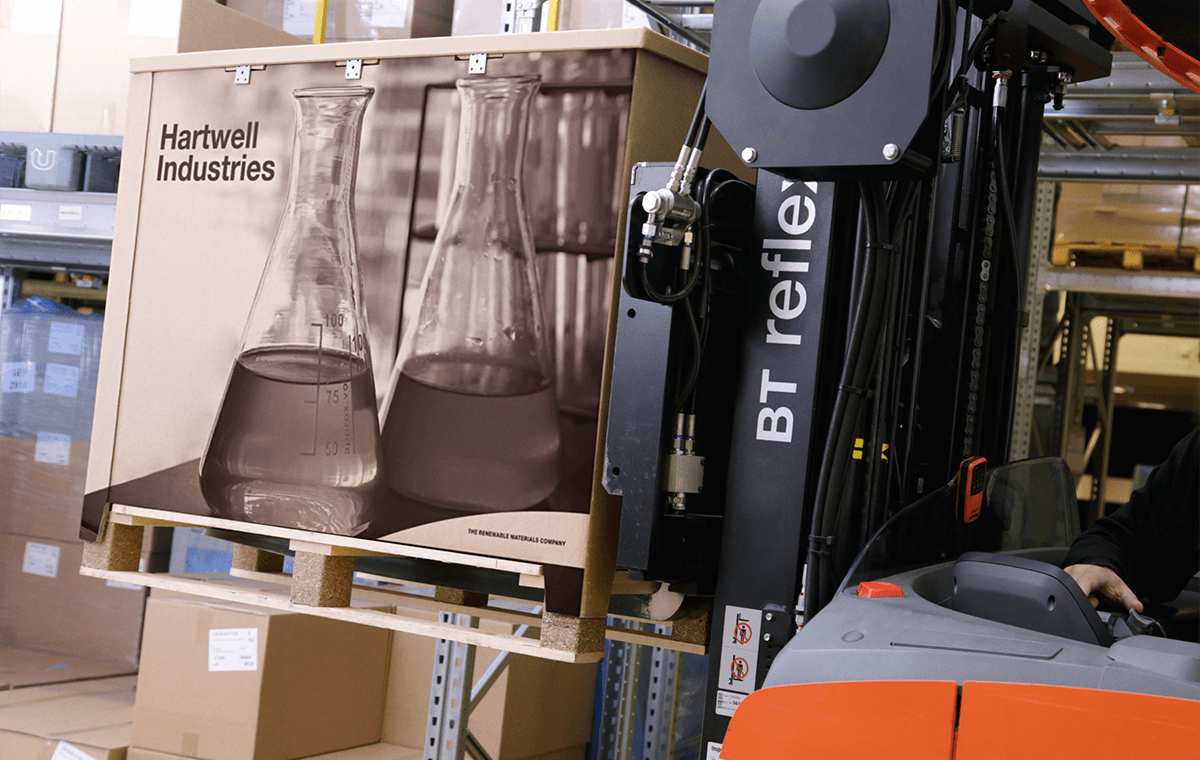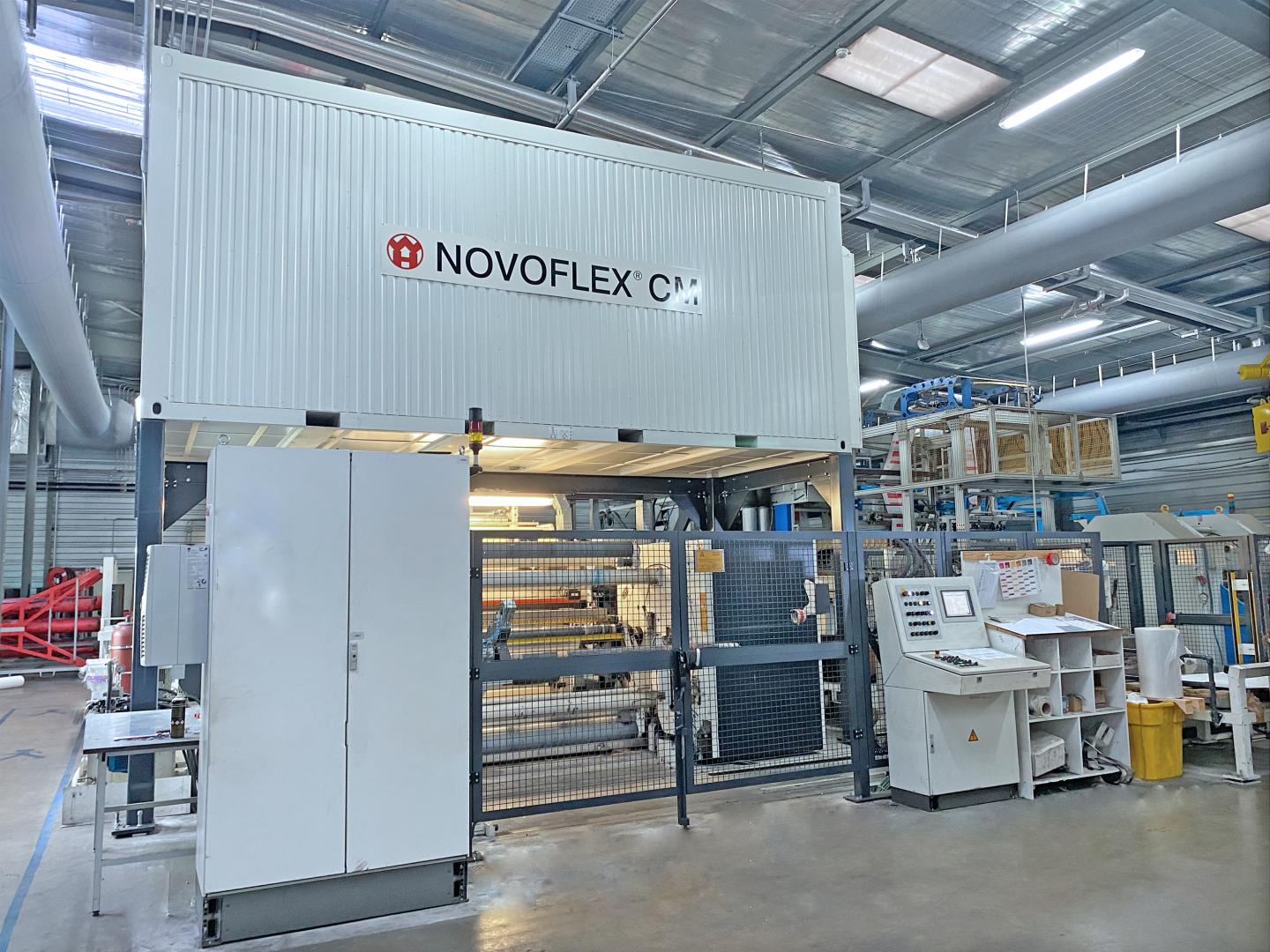Bulk Container Recycling Initiatives: Sustainably Navigating Sector
Efficient Industrial Recycling Solutions for Lasting Product Packaging: A Comprehensive Guide
In today's increasingly environmentally-conscious world, the need for sustainable packaging remedies has actually never been greater. To satisfy this demand, businesses across industries are proactively looking for efficient industrial recycling options. Browsing the complex landscape of sustainable product packaging can be challenging without a detailed guide. That's where this thorough overview on reliable industrial recycling remedies for lasting packaging comes in. By discovering crucial areas such as packaging product option, making for recyclability, executing recycling infrastructure, teaming up with recycling companions, and tracking and gauging reusing success, this guide will certainly equip you with the knowledge and tools needed to make educated decisions and drive positive adjustment within your company. Whether you're a packaging expert, sustainability supervisor, or merely interested in the subject, this overview will offer beneficial insights and techniques to assist you navigate the world of lasting packaging.
Product Packaging Material Option
The choice of product packaging materials plays an important duty in making sure the sustainability of commercial reusing solutions. The choice of products is vital in minimizing ecological influence and maximizing reusing performance when it comes to lasting product packaging. Choosing the ideal products can help in reducing waste generation, conserve sources, and advertise a circular economy.
Products like cardboard, paper, glass, and certain kinds of plastics can be recycled numerous times without losing their top quality. On the other hand, products that are hard to recycle, such as blended plastics or non-recyclable compounds, can create challenges for the reusing procedure and may finish up in land fills or incinerators.
One more factor to consider is the usage of renewable and biodegradable materials. Product packaging made from renewable energies, such as plant-based plastics or biopolymers, can help minimize dependency on nonrenewable fuel sources and mitigate climate change. Furthermore, eco-friendly products break down naturally in time, lowering the buildup of waste in landfills.
In addition, the weight and quantity of product packaging products should be reduced to decrease transport expenses and power intake. Light-weight materials not only require fewer resources during production yet additionally add to lower carbon discharges during transport.
Creating for Recyclability
In order to ensure the recyclability of packaging products, thoughtful layout is vital. Creating for recyclability entails creating product packaging that can be conveniently arranged, divided, and refined in recycling centers. One crucial element of developing for recyclability is the selection of materials. Product packaging designers should focus on using products that are widely approved for reusing and have established reusing facilities. Materials such as glass, aluminum, and particular kinds of plastic, like PET and HDPE, are typically recycled and need to be chosen over products that are expensive or difficult to recycle.
An additional critical consideration in making for recyclability is the elimination of unneeded components or products. By reducing the variety of layers, finishes, and additional elements, product packaging can be made easier and much easier to reuse. Furthermore, developers ought to aim to minimize the usage of combined products, as they can make complex the reusing process.

Implementing Recycling Framework
Reliable implementation of reusing framework is important for the success of industrial recycling services. Without appropriate facilities in location, the recycling process ends up being inadequate and ineffective, impeding the total objective of lasting packaging.
To execute reusing facilities effectively, numerous key aspects need to be thought about. First of all, there should be a well-organized collection system that helps with the separation and collection of recyclable materials. This can include designated reusing containers in public areas, as well as partnerships with waste administration firms for curbside pickup and sorting.
As soon as collected, the recyclable materials need to be carried to recycling centers in a timely fashion. This requires reliable logistics and transportation networks, guaranteeing that the products reach the ideal facilities immediately.
At the reusing facilities, advanced sorting and processing technologies should be in location to separate different kinds of materials properly. This includes using automated arranging equipments, optical scanners, and hands-on sorting methods.
In addition, there ought to be a durable market demand for recycled products. This can be attained through partnerships with producers and markets that use recycled materials in their manufacturing processes. Producing a stable market for recycled products incentivizes the reusing sector and advertises the circular economic climate.
Teaming Up With Recycling Allies

One key aspect of working together with recycling partners is the establishment of clear communication networks. It is essential to establish open lines of interaction to facilitate the exchange of information, updates, and responses. This allows both parties to remain notified regarding the development of recycling initiatives and deal with any challenges or issues that might emerge.
In addition, partnership can include joint efforts in carrying out and developing recycling programs. Recycling partners can provide beneficial understandings and support in creating effective collection systems and establishing one of the most appropriate recycling modern technologies. By interacting, services and reusing companions can enhance the reusing process and reduce waste.
Additionally, cooperation check this site out can expand past the functional elements of reusing. It can additionally incorporate campaigning for and education campaigns. By joining forces, businesses and recycling companions can increase awareness about the value of reusing and promote the fostering of sustainable product packaging practices among customers and other stakeholders.
Monitoring and Measuring Recycling Success
To ensure the efficiency of industrial recycling remedies and the accomplishment of lasting packaging objectives, it is vital for companies and their reusing partners to develop an extensive system for monitoring and determining reusing success (bulk container recycling). Tracking and determining reusing success permits services to analyze the impact of their reusing initiatives, recognize areas for enhancement, and established meaningful targets for future development
One way to track recycling success is with the usage of information collection and analysis tools. By gathering information on the quantity of product packaging waste created, the percentage of More Info waste that is recycled, and the kinds of materials being reused, services can acquire valuable insights right into their reusing efficiency. This data can then be analyzed to determine patterns, patterns, and areas of inadequacy.
An additional vital facet of monitoring and determining reusing success is establishing standardized and clear metrics. This permits businesses to compare their performance against industry criteria and track their development in time. Metrics such as recycling prices, waste diversion prices, and greenhouse gas discharges can supply a quantitative step of a company's recycling success.

Conclusion
In verdict, applying efficient commercial recycling options for sustainable product packaging needs careful factor to consider of packaging product selection, making for recyclability, carrying out recycling facilities, collaborating with reusing partners, and monitoring and measuring reusing success. By incorporating these techniques, companies can add to a much more lasting and environmentally-friendly strategy to packaging, lowering waste and promoting the round economic climate.
By discovering essential locations such as packaging product option, developing for recyclability, applying recycling facilities, teaming up with reusing partners, and tracking and measuring reusing success, this guide will certainly furnish you with the expertise and devices essential to make enlightened decisions and drive favorable adjustment within your organization. Product packaging developers should prioritize the use of products that are extensively approved for recycling and have established recycling facilities.Cooperation with reusing partners is necessary for the successful execution of industrial recycling options and the success of lasting product packaging objectives. By signing up with pressures, businesses and recycling partners can raise awareness about the value of reusing and advertise the adoption of sustainable packaging practices among consumers and various other stakeholders.
By collecting information on the link quantity of product packaging waste generated, the percent of waste that is reused, and the kinds of materials being recycled, companies can get beneficial insights into their recycling efficiency.